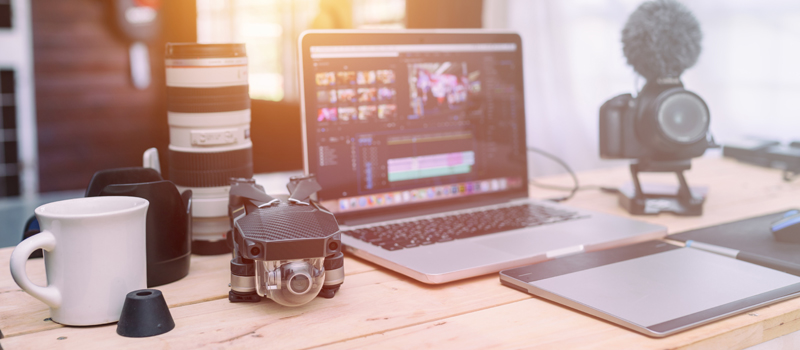I have a few general questions to make sure that I operate my drone legally and responsibly, hoping someone can chime in or give me direction for how to obtain my answers. If any of these should be deferred to a state level then I understand that as well, I am in Texas if it makes a difference:
1. As I understand it, it is legal to fly over private residences(as all air belongs to the FAA) as long as I am not capturing images still or video without the homeowners consent. Is that correct? (An example of this would be if I am flying my drone from my home a park in the neighborhood, but there are several homes between the two points)
2. In addition to the question above, is it legal to capture pictures of the exterior of residences, given that there are no people in the capture, for whatever reason? I assume this is permissible since anyone could do that driving by with a cell phone or Google Maps does it regardless. For the purposes of this question though, what is considered private property? For example if I want to photograph a graffiti mural on the outside of the building, technically the building is private property but it's in a public area IE photographing from the outside. How does that work?
3. As I understand it, you may not take images of private property without the owner's consent. However, that confuses me a little since it somewhat conflicts with the previous point on anyone being able to take a picture what their cell phone of someone's house from the outside.
I really appreciate the help and clarification for these things. I'm not trying to do anything outside of the law, quite the contrary because I'm trying to ensure that I stay within all bounds of the law. I know the questions may seem a bit specific but I just want to paint some very specific scenarios so I can have a better understanding on where the law delineates. Thanks in advance for any help or guidance
1. As I understand it, it is legal to fly over private residences(as all air belongs to the FAA) as long as I am not capturing images still or video without the homeowners consent. Is that correct? (An example of this would be if I am flying my drone from my home a park in the neighborhood, but there are several homes between the two points)
2. In addition to the question above, is it legal to capture pictures of the exterior of residences, given that there are no people in the capture, for whatever reason? I assume this is permissible since anyone could do that driving by with a cell phone or Google Maps does it regardless. For the purposes of this question though, what is considered private property? For example if I want to photograph a graffiti mural on the outside of the building, technically the building is private property but it's in a public area IE photographing from the outside. How does that work?
3. As I understand it, you may not take images of private property without the owner's consent. However, that confuses me a little since it somewhat conflicts with the previous point on anyone being able to take a picture what their cell phone of someone's house from the outside.
I really appreciate the help and clarification for these things. I'm not trying to do anything outside of the law, quite the contrary because I'm trying to ensure that I stay within all bounds of the law. I know the questions may seem a bit specific but I just want to paint some very specific scenarios so I can have a better understanding on where the law delineates. Thanks in advance for any help or guidance












